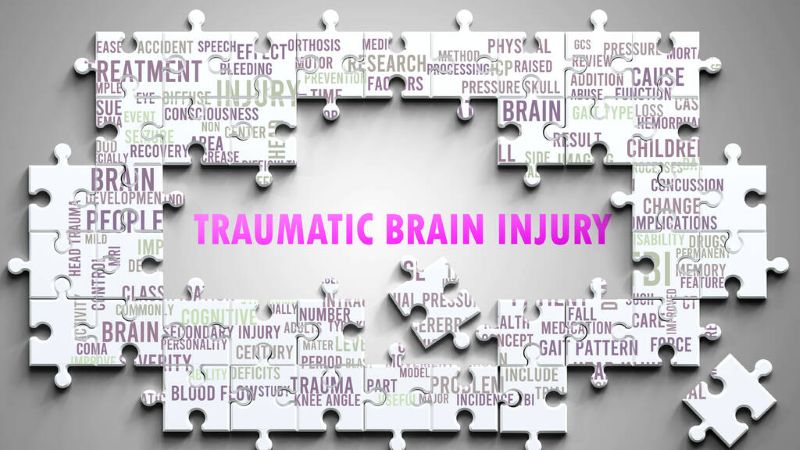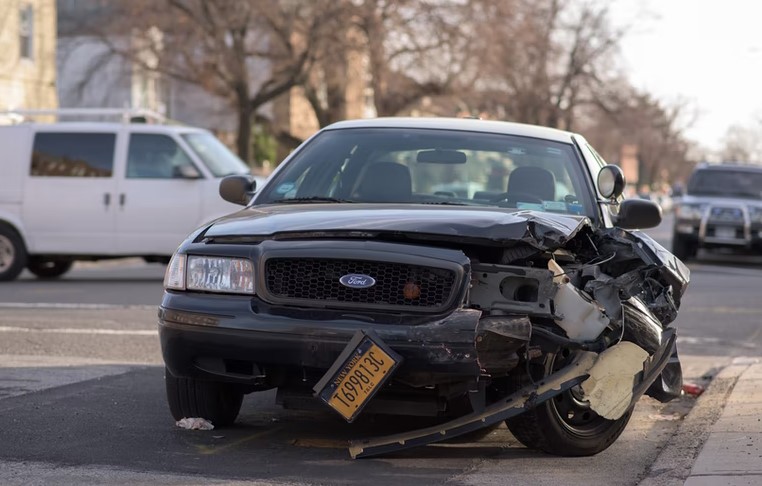2 min read
352 words
Car accidents are unfortunately a common occurrence on the roads of Canada, leading to a variety of injuries for those involved. In this article, we will discuss the top 6 devastating car accident injuries that you need to be aware of to understand the potential risks and consequences of such incidents.
Whiplash Injuries
One of the most common car accident injuries is whiplash, which occurs when the neck undergoes sudden and extreme movement due to the impact of a collision. This can result in neck pain, stiffness, headaches, and in some cases, long-term complications such as chronic pain and reduced range of motion.
Traumatic Brain Injuries

Traumatic brain injuries can occur when the head suffers a sudden blow or jolt during a car accident. These injuries can range from mild concussions to severe traumatic brain damage, leading to cognitive impairment, memory loss, and even permanent disability.
Spinal Cord Injuries
Spinal cord injuries are another devastating outcome of car accidents, often resulting in partial or complete paralysis. These injuries can have a significant impact on a person’s quality of life, requiring extensive medical care, rehabilitation, and long-term support.
Internal Injuries
Car accidents can also cause internal injuries, such as organ damage, internal bleeding, and punctured organs. These injuries may not be immediately apparent following an accident and require prompt medical attention to prevent further complications.
Broken Bones
Fractures and broken bones are common car accident injuries, affecting various parts of the body such as the arms, legs, ribs, and pelvis. These injuries can be painful and may require surgery, casting, or physical therapy to facilitate proper healing.
Psychological Trauma

In addition to physical injuries, car accidents can also result in psychological trauma, such as post-traumatic stress disorder (PTSD), anxiety, and depression. These emotional wounds can have a lasting impact on a person’s mental health and well-being.
In conclusion, car accidents can lead to a wide range of devastating injuries, both physical and psychological, that can have long-term consequences for those involved. It is essential to drive safely, follow traffic laws, and take precautions to minimize the risk of accidents and injuries on the road.
